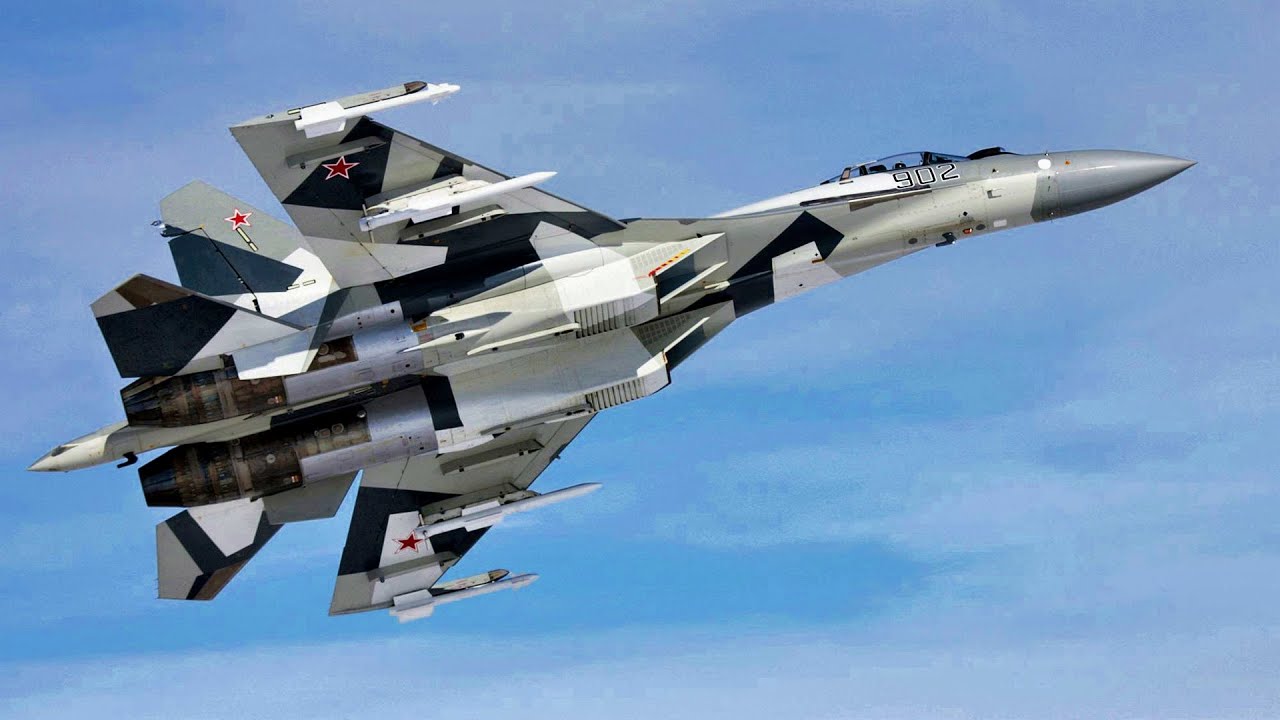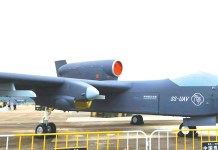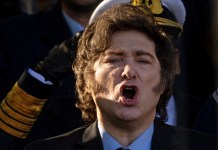On February 24, Russia invaded Ukraine by launching a barrage of cruise and ballistic missiles that destroyed primary ground-based early warning radars across the country.
These attacks on major airbases virtually crippled the Ukrainian Air Force (UkrAF). The next move, as speculated by Western experts, would have been to destroy Ukraine’s air assets. However, Russia’s combat jets have mostly remained on the ground, until now.
This has helped the Ukrainian Air Force to keep flying low-level defensive counter-air (DCA) and ground-attack missions. Kyiv also claims to have shot down at least 29 Russian aircraft. However, this is yet to be verified.
Russian Air Force Maintains Low Profile
A key component of modern warfare is to assert air superiority as swiftly as possible. Despite its substantial airpower, Russia’s reluctance to do so in Ukraine has surprised many military analysts. This could also explain why Moscow continues to struggle in Ukraine.
Janes, a global open-source intelligence company, told AFP that it is unclear why Russia’s air force has not gained firm control of Ukrainian airspace. According to the firm’s estimates, Russia possesses 132 bomber planes compared to none in Ukraine, 832 fighter jets compared to 86 in Ukraine, and 358 transport planes compared to 63 in Ukraine.
Drones are the only area where Russia does not have an advantage, with Ukraine having 66 to Russia’s 25. Ukraine recently hailed its Turkish-made drones for purportedly repelling Russian forces.
“While Russia has the advantage that comes with greater numbers, it has not yet gained control of the skies over Ukraine to the extent that it has been able to prevent the Ukrainian Air Force from operating and inflicting damage on the Russian war effort,” said Gareth Jennings at Janes.

The Russian air force has reportedly shown increased effectiveness in covering advancing ground forces, particularly a convoy of trucks, armored vehicles, and artillery batteries marching south toward Kyiv. However, experts believe Russia can handle its convoy defense requirements while still controlling Ukrainian airspace.
“The lack of efficacy of the Russian air force is one of the surprising elements of this conflict,” said former French army colonel Michel Goya. Despite the experience from its intervention in Syria in 2015, the Russian air force is still a far cry from “the precision, the flexibility and the inter-operability of Western air forces,” he said on Twitter.
Possible Explanations
The most frequently mentioned reason is that President Vladimir Putin’s war strategy was designed on the expectation that Ukrainian defenses would readily crumble. This would then allow Russian forces to easily conquer Kyiv, the capital, and destroy Ukrainian forces in the east and south without needing to acquire air superiority.
If such was the intention, it has now failed. Experts have also provided considerable explanations for Russia’s Air Force’s absence.
Meanwhile, air defenses in Kyiv and other cities are in good shape, putting the Russians with the difficult dilemma of either conducting high-altitude strikes, risking civilian casualties, or coming in low and risking being shot down.

“They’re not necessarily willing to take high risks with their own aircraft and their own pilots,” a senior US defense official said. Justin Bronk, an aviation expert at RUSI, a UK think tank, said he suspected a possible lack of precision-guided munitions (PGMs) available to Russian pilots may also be a factor in the attack delay. Russian airstrikes in Syria often relied on unguided missiles, he said.
“This not only indicates a very limited familiarity with PGMs among most Russian fighter crews but also reinforces the widely accepted theory that the Russian air-delivered PGM stockpile is very limited,” he added.
Fear of friendly-fire events and the Russian pilots’ limited overall flying hours on their jets could also be a factor in the air force’s reticence, he claimed.
However, just because the projected onslaught of 300 Russian fighter planes stationed in conflict zones has not yet occurred does not mean it will not occur in the near future.
Whatever has gone wrong thus far, Russian jet fleets “remain a potentially highly destructive force that could be unleashed against aerial and fixed ground targets at short notice in the coming days,” according to Bronk.
- Contact the author at ashishmichel@gmail.com
- Follow EurAsian Times on Google News




